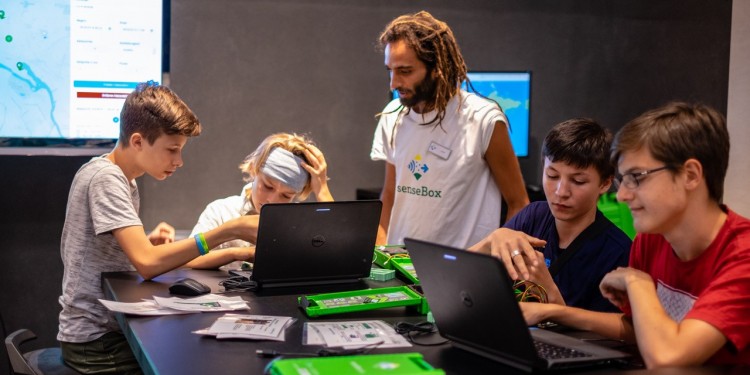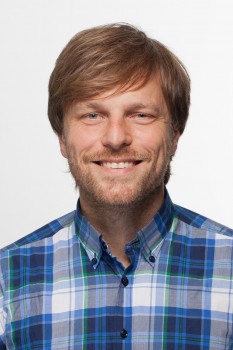
University of Münster's senseBox project receives millions in funding
Great success for the geoinformaticians of Münster University: The senseBox project receives around one million euros granted from the German Federal Ministry of Education and Research (BMBF) as part of the "Open Photonik Pro" initiative. The senseBox is a kit for stationary and mobile measuring instruments used in citizen science and educational institutions and developed by scientists at the Institute for Geoinformatics at the University of Münster. The BMBF already supported the senseBox project from 2016 to September 2019.

For the next three years, the project has three main objectives: The technical enhancement of the senseBox is primarily intended to ensure secure data transfer. These include the development of various electronic components and more professional case designs. "The senseBox should function as energy-efficiently as possible and run independently of wifi and the power grid. For example, we are planning a power supply using solar energy," says Dr. Thomas Bartoschek, head of the senseBox project and research associate at the Institute of Geoinformatics. Improving data quality is another goal. "We want to make the senseBox economically attractive for companies. Above all, this requires high data quality and reliable data analysis," explains Thomas Bartoschek. To this end, the researchers are developing possibilities for web-based crowdsourced standardization of sensors and environmental phenomena in a wiki that improves data administration and analysis and makes data access easier. As a third goal, the platform "openSenseMap" and the software environment of senseBox will be extended and connected. The openSenseMap will become a "Social Photonics Network" in which measurement campaigns can be coordinated and data analysis can be conducted jointly. With the planned extension of the software environment, users can learn how to construct and program photonic components by themselves in the future.
